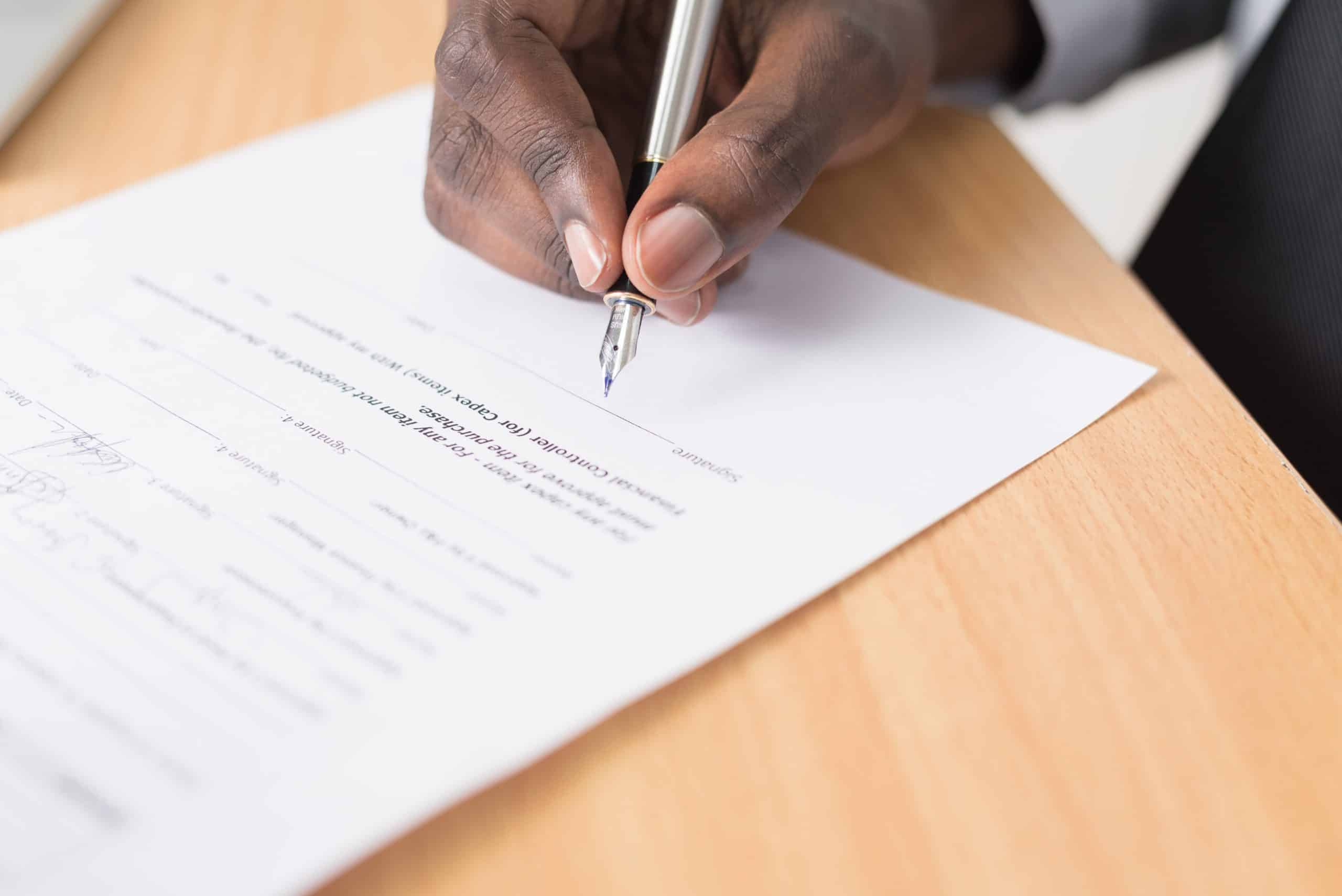All You Need to Know About Lease Agreements as a Landlord – Guest Post

As a landlord, one of the most significant things you need to do is to have a lease agreement that protects you and your property. A lease agreement is a legal document that outlines the terms and conditions of the rental agreement between you and the tenant. It is a binding contract that sets out the responsibilities of both parties involved. This blog post will look at everything you need to know about lease agreements as a landlord.
What to Inclue in a Lease Agreement
A lease agreement is a legal document between a landlord and a tenant that outlines the terms and conditions of the rental agreement. It should include details such as the rental period, rent amount, late payment fees, security deposit, pet policy, and maintenance responsibility. As a landlord, it is crucial to have a lease agreement that outlines your expectations for the tenant regarding payment, the upkeep of the property, and the permitted use of the rental property.
The Role of a Real Estate Lawyer in Creating a Lease Agreement
It is always advisable to have a real estate lawyer review and assist you in drafting your lease agreement. A lawyer, like Ashley West at Carter West Law, can ensure that all standard legal provisions are included in the lease and that it adheres to the laws of the state where the property is located. They can also help you customize your lease agreement to include any necessary details unique to your rental property. Most importantly, having a lawyer can offer you peace of mind knowing that your lease agreement meets the legal requirements and protects your interests as a landlord.
Detailed Move-In and Move-Out Checklist
A detailed move-in and move-out checklist is vital when it comes to successfully managing a rental property. It is essential to ensure that the tenant has an accurate and detailed record of the rental unit’s condition at the beginning of the lease and when they vacate. This checklist helps in identifying any property damage and the tenant’s responsibility in taking care of any repairs during and after the lease term.
Proper Tenant Screening Process
A proper tenant screening process can help you choose the most reliable and responsible tenants for your rental property. When screening potential tenants, be sure to check their background, credit history, income, and references. This will help you identify any potential risks and make an informed choice.
As a landlord, having a comprehensive lease agreement that meets the legal requirements of the state is crucial. It protects your interests as a landlord and provides clear communication between you and your tenant. Hiring a real estate lawyer to create your lease agreement will ensure that you have the right legal provisions and help customize your lease to meet your unique needs. Always remember that an accurate move-in and move-out checklist and a proper tenant screening will save you time, money, and stress down the road.



Recent Comments